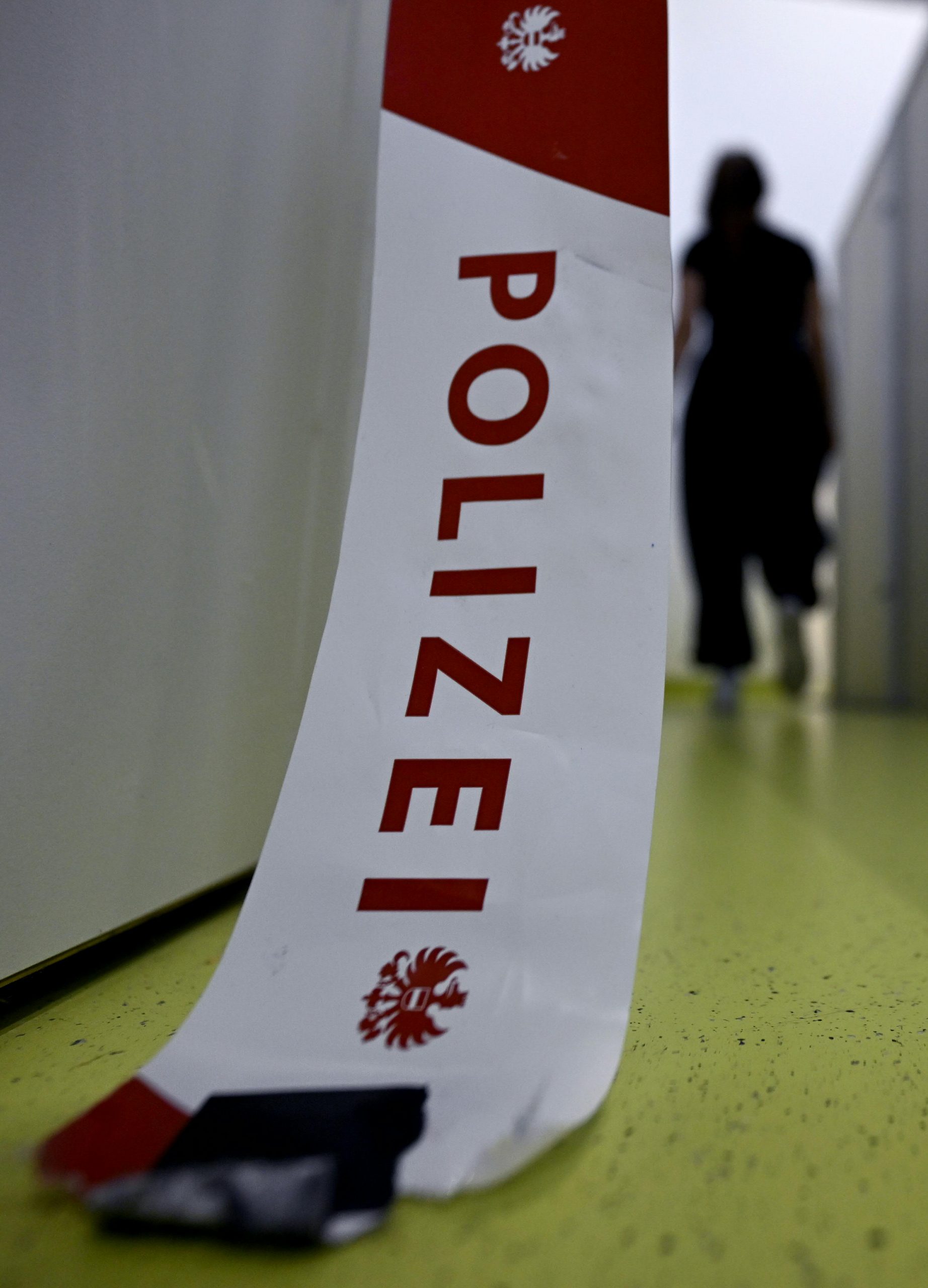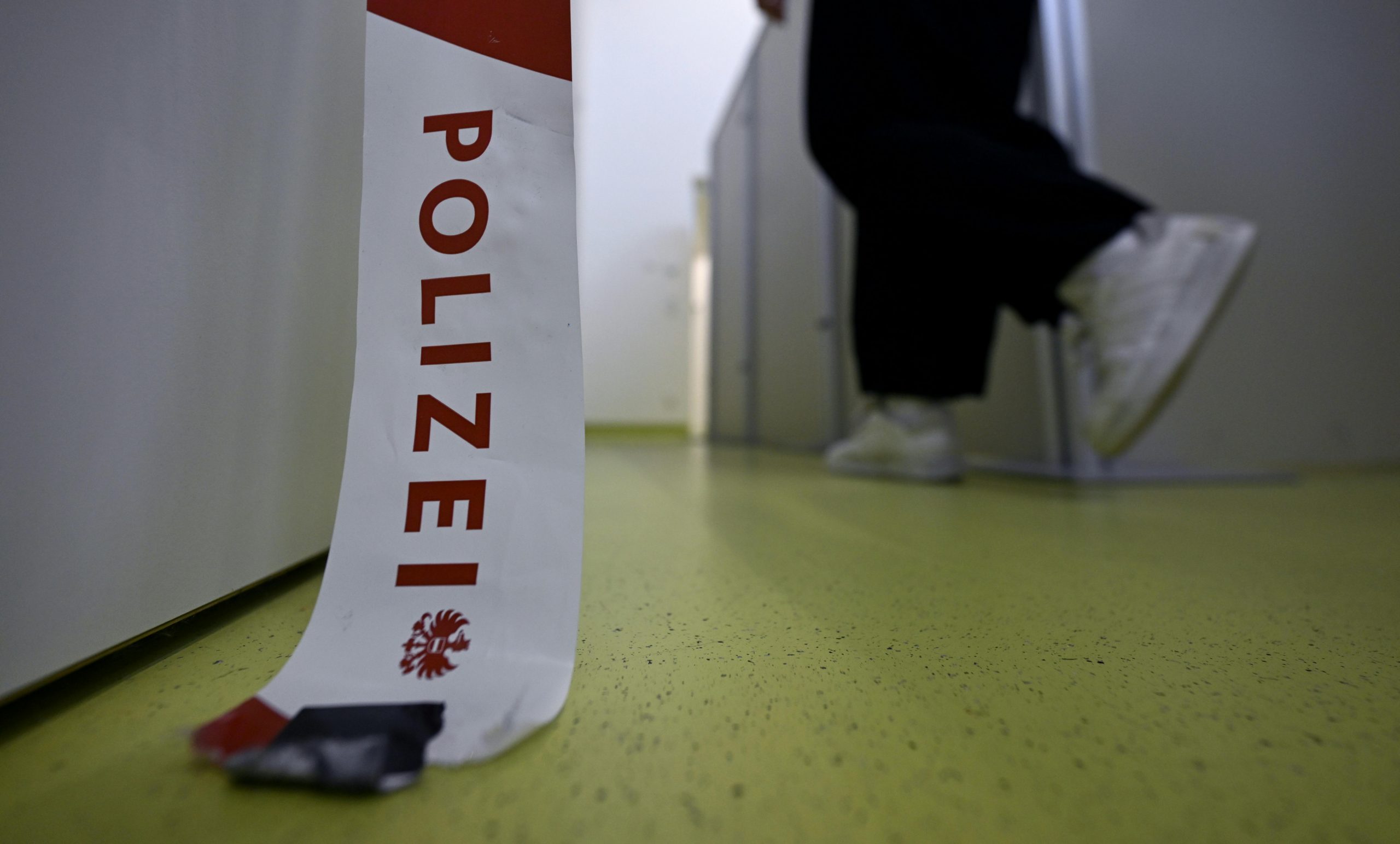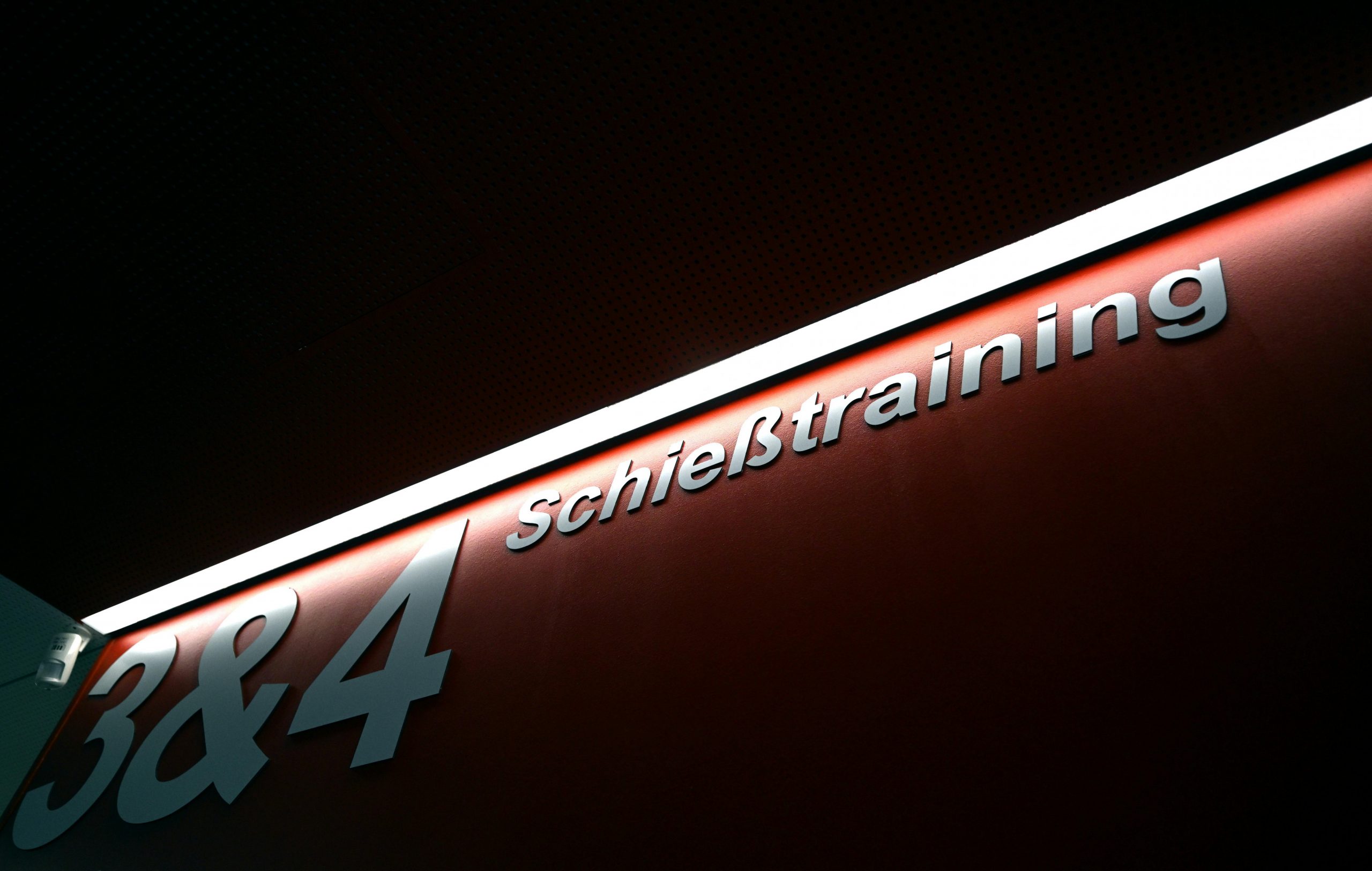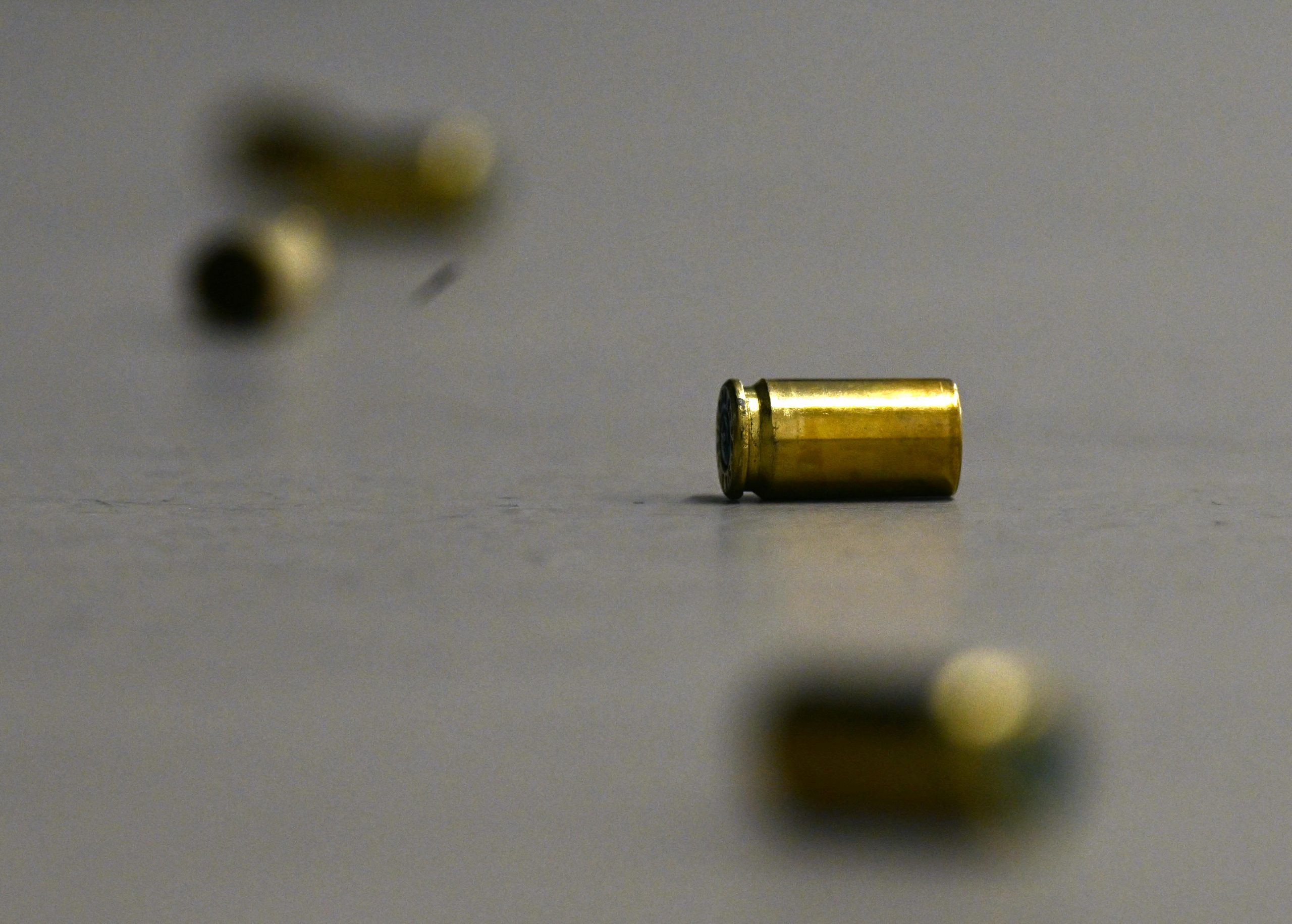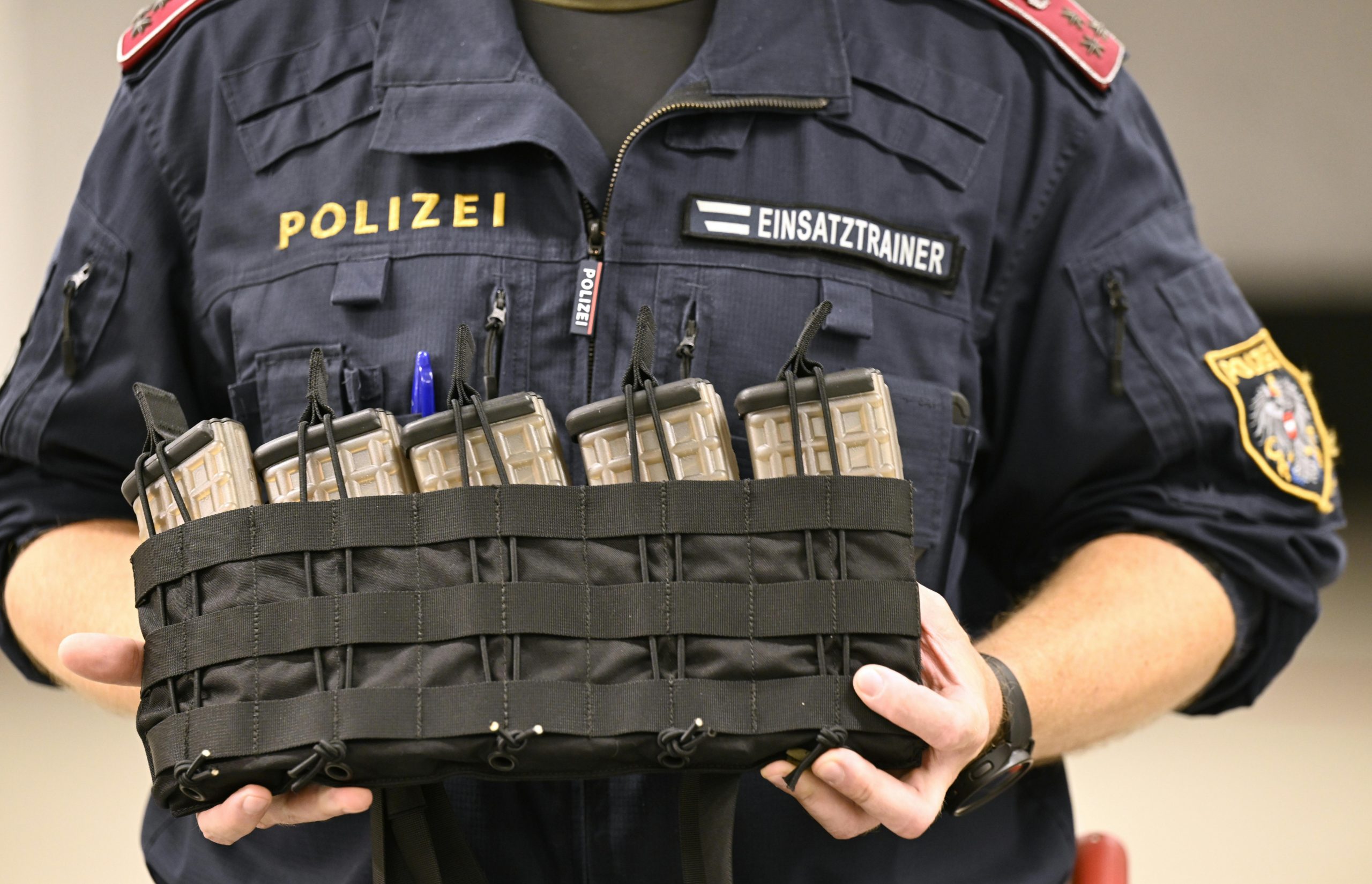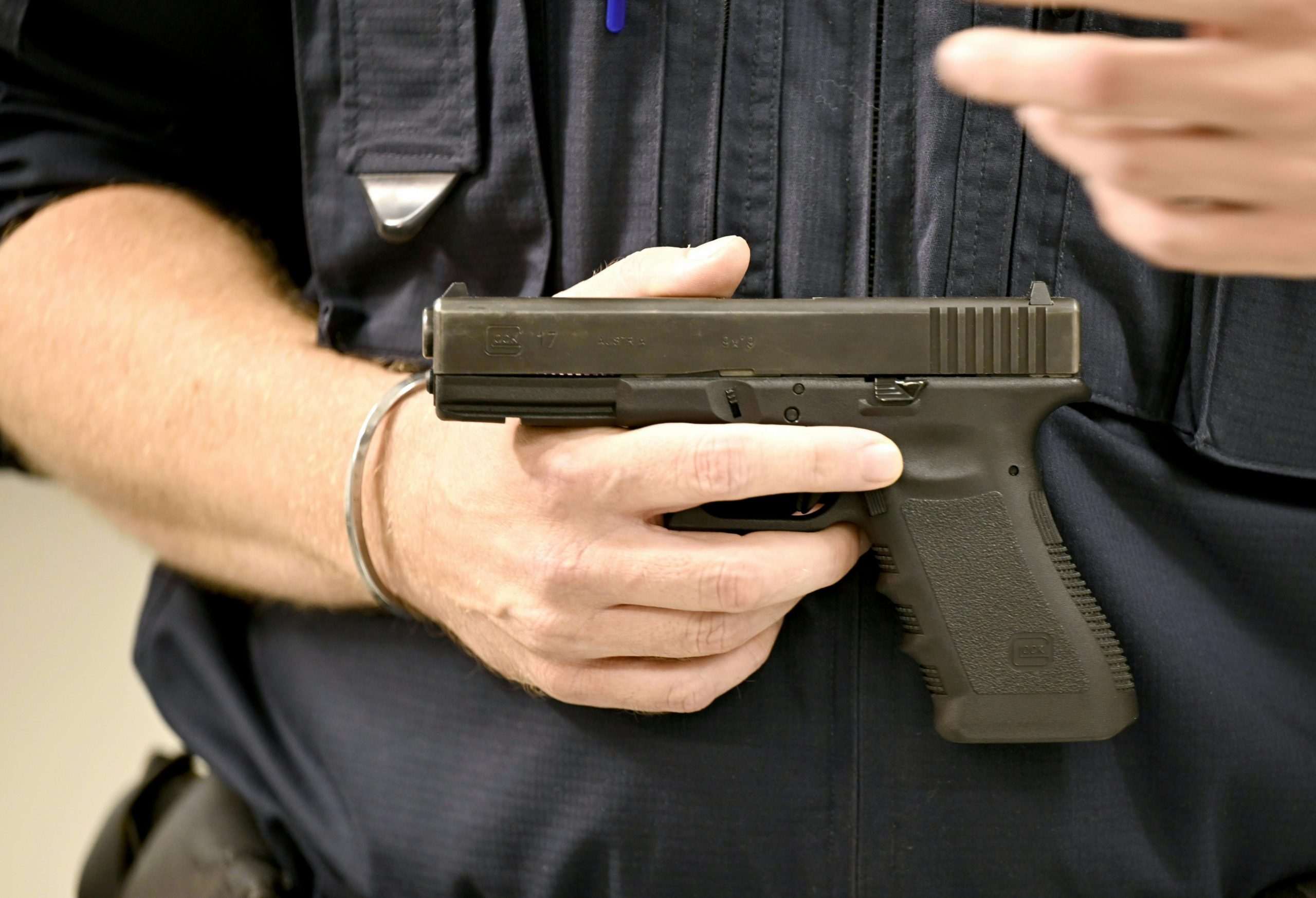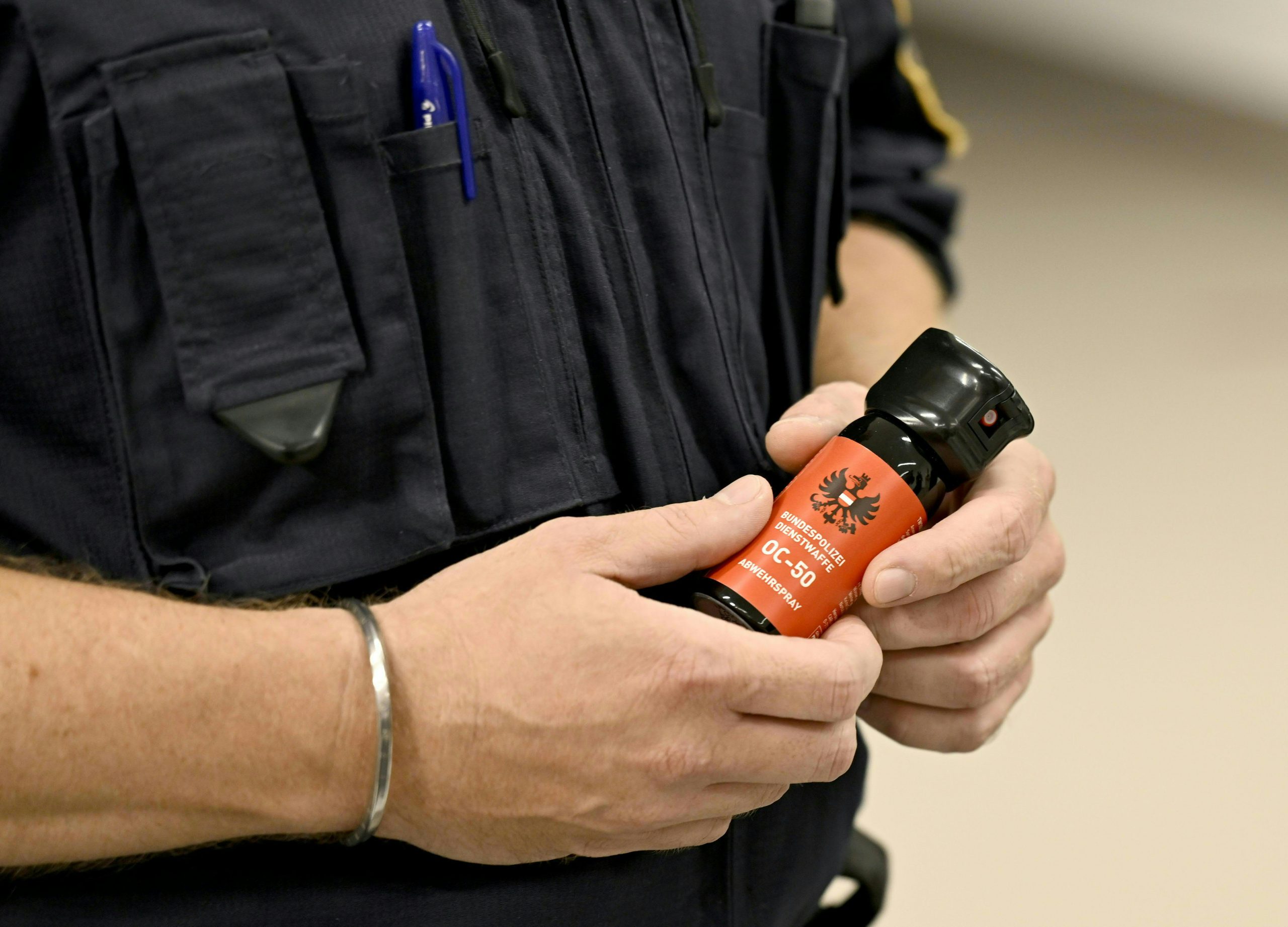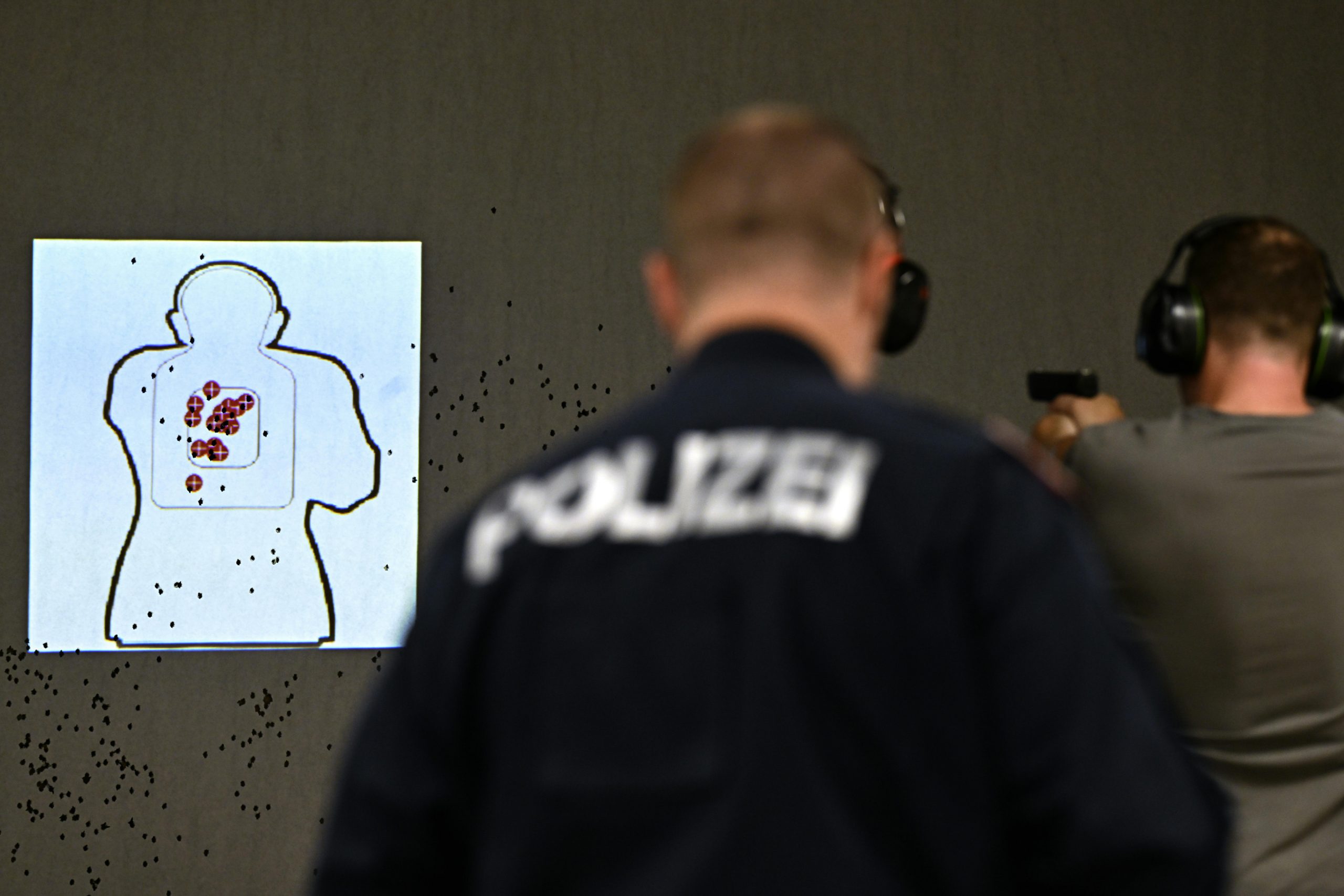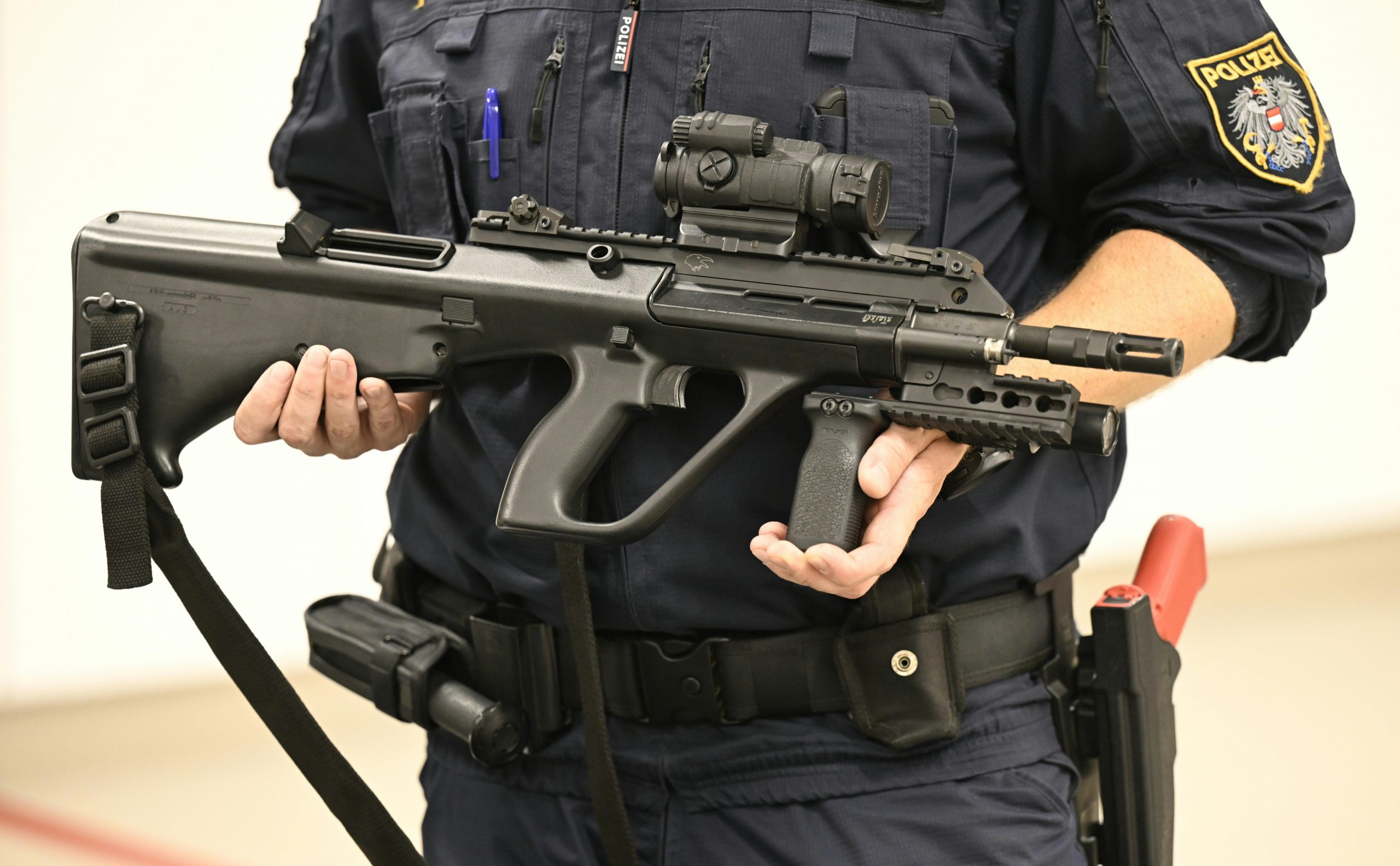How Police Operations Are Trained

Even an alert due to noise disturbance in a multi-party house can become a challenge for the police, as demonstrated at the 8,200 square meter training center (ETZ) in Süßenbrunn in Vienna-Donaustadt. With ill-considered tactics, seemingly harmless deployments could end in a fiasco. This was conveyed to journalists by the training instructors of the Vienna State Police Directorate during a several-hour crash course.
"Police is always also a social profession"
Although "police is always also a social profession," as Walter Huber, coordinator for state training in Vienna, explained. In an emergency, however, officers must also be able to "enforce their authority," explained Huber's colleague Franz M. - in an emergency, even with more robust methods.
For this purpose, officers of the Vienna State Police Directorate regularly come to one of the six shooting ranges in Süßenbrunn, which form the heart of the training center. There, an insight into the police "toolbox" was provided. This includes, in addition to a service pistol of the Glock brand, pepper spray, a telescopic baton, a taser, or an assault rifle securely stored in every patrol car. After an introduction with harmless training pistols, participants were allowed to try shooting with live ammunition under expert guidance. Huber explained: "A projectile that leaves a weapon is like a written word - you can't take it back."
"We are not lone fighters"
Next, under the guidance of M., an experienced judoka himself, participants moved to a gym for an introduction to operational techniques. The program included, among other things, the so-called arm extension lever, self-defense, and restraint techniques. When it comes to the crunch, officers of the State Police Directorate always proceed as a team. "We are not lone fighters," said M. In this context, the team of training instructors also referred to an old executive wisdom, according to which the smallest tactical unit in the police is a two-person team. M. emphasized that, of course, the 3-D philosophy is always followed - Dialogue - De-escalation - Intervention.
Finally, media representatives completed a scenario training, which is also a fixed part of the training routine for the 8,000 officers who come to Süßenbrunn annually. The exercise scenario was to end a noise disturbance caused by a tenant - played by a police officer - in an apartment building. In a room modeled after a multi-party complex, armed with a non-firing training pistol, journalists had to proceed tactically. After the troublemaker invited the journalists into the apartment from the kitchen after ringing the doorbell, things happened quickly: a step towards the journalists in the police role, a toy knife drawn, and a stab towards the chest. There was not much time to decide. In real life, the operation for the journalist team would likely have ended in death. Hesitation can mean life-threatening danger in an emergency, explained training instructors Andreas F. and adversary actor Herbert H.
Tactics, Techniques, and Shooting
"In reality, a shot would probably have been unavoidable here," said F. To prevent it from coming to that, executive officers train around 20 hours per year in tactics, techniques, and shooting in Süßenbrunn. Ultimately, being a police officer is always about helping people. "When we are called, people want to be helped - that's the police," said Huber.
(APA/Red)
This article has been automatically translated, read the original article here.






